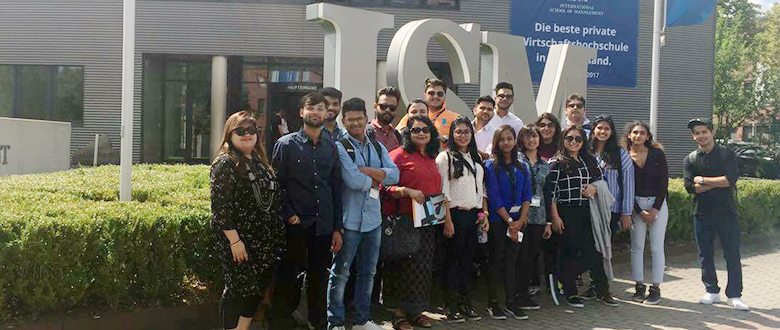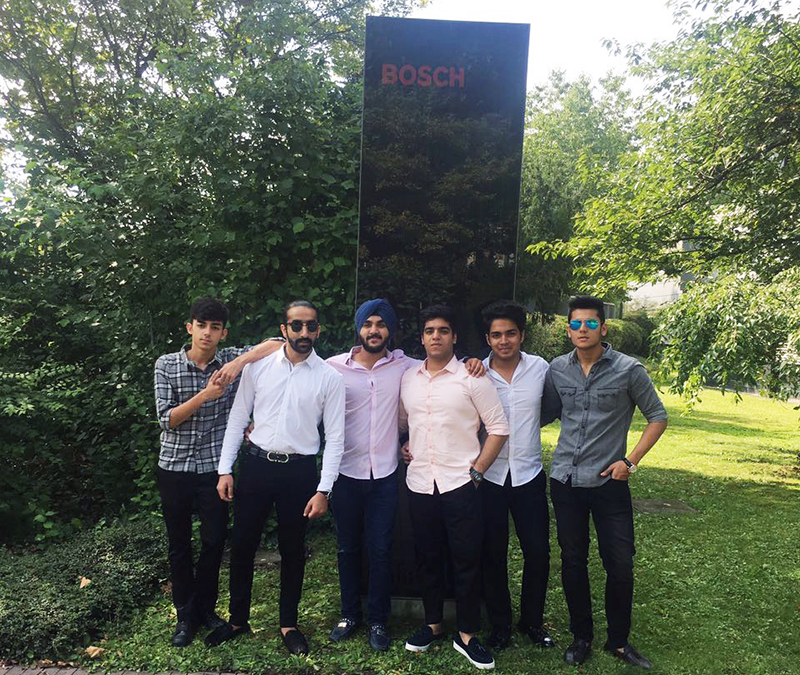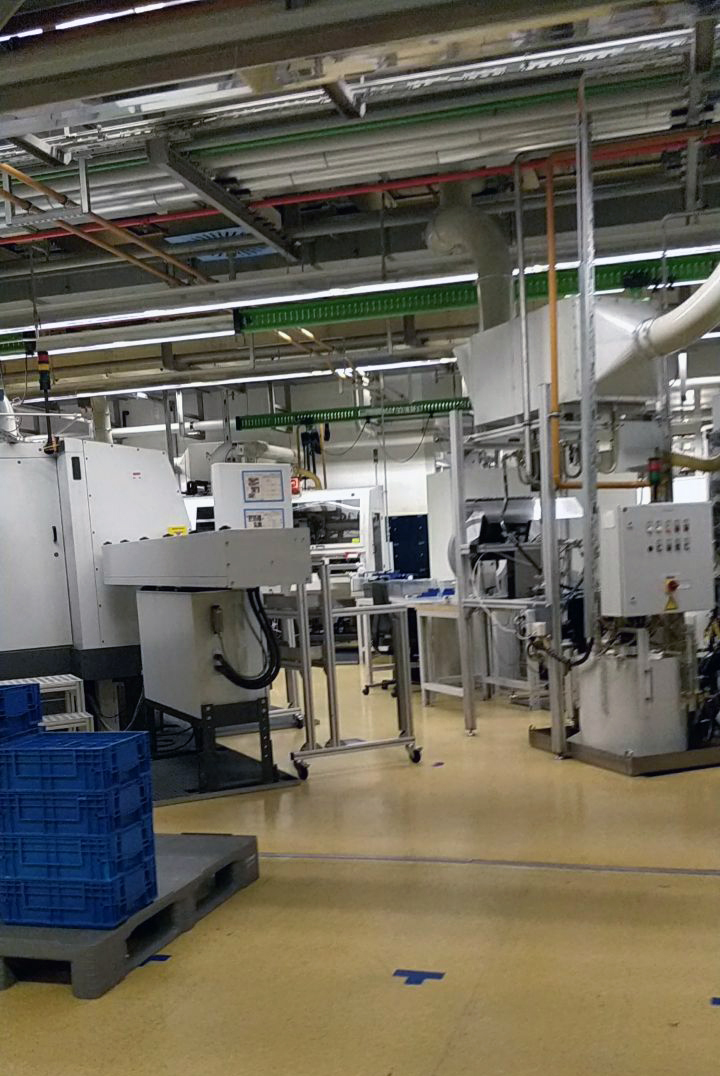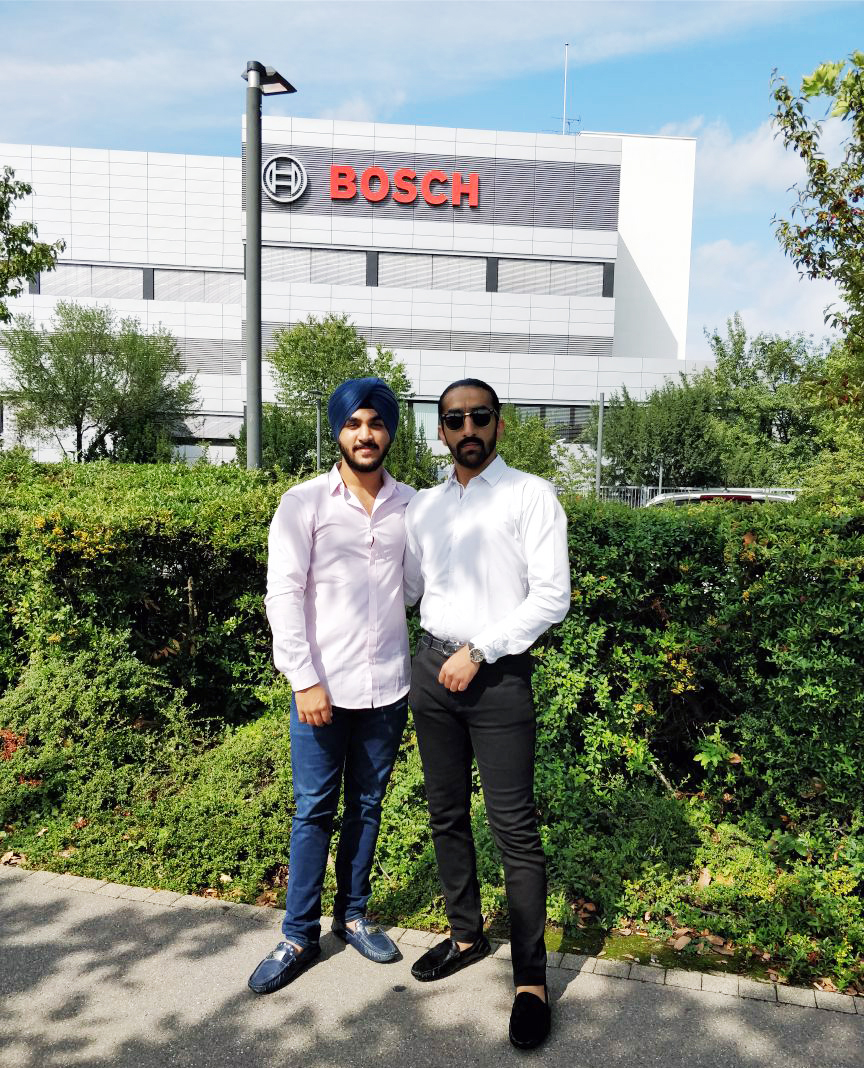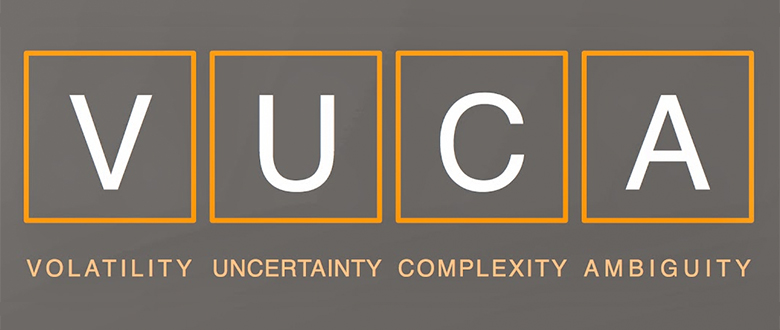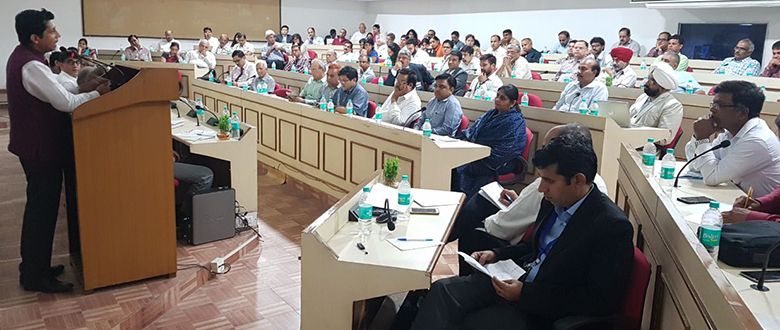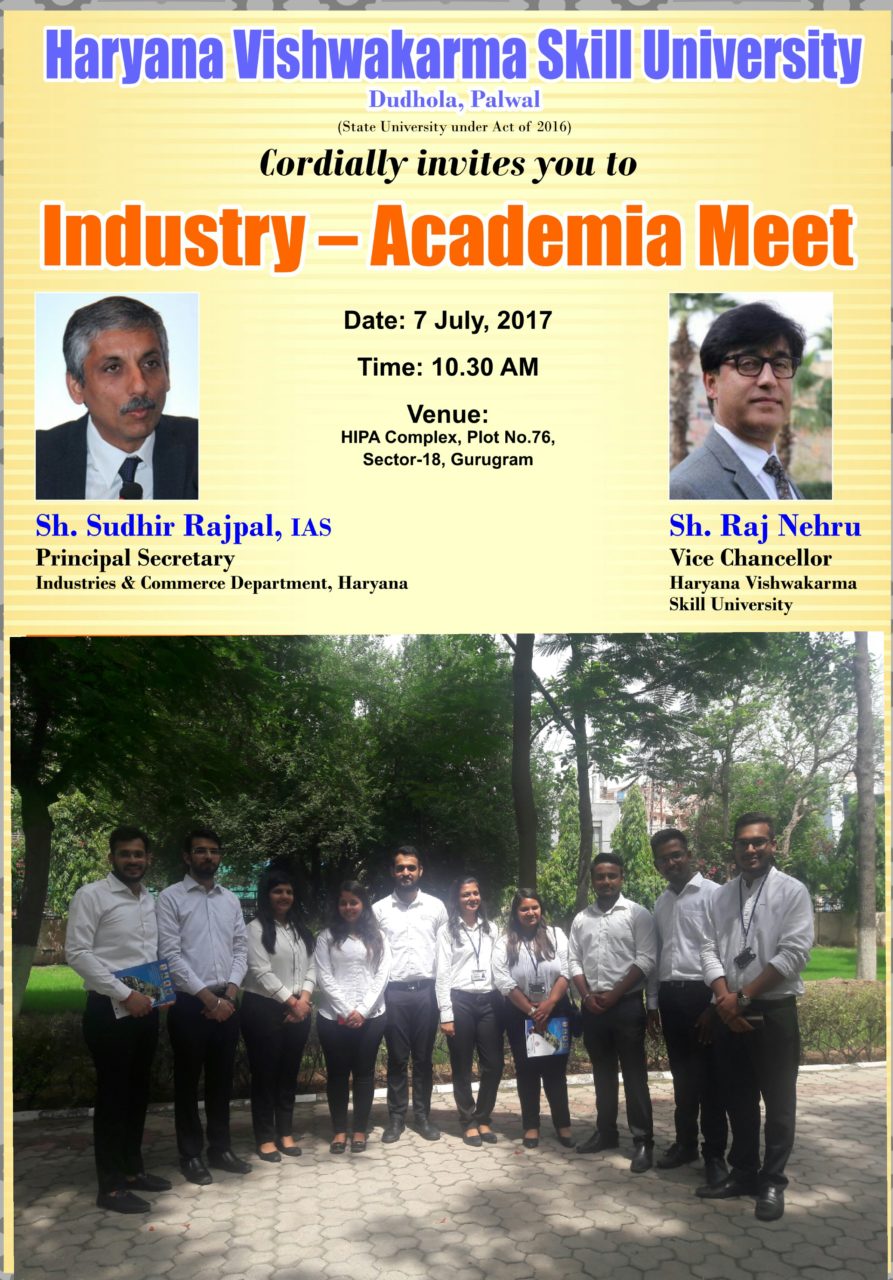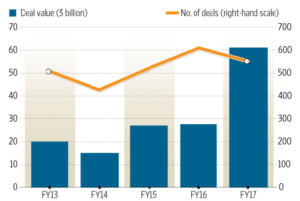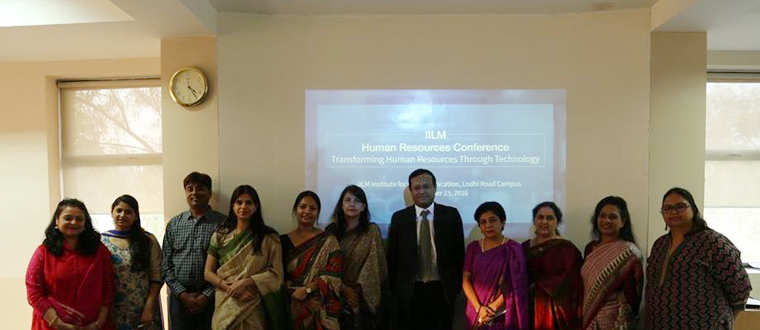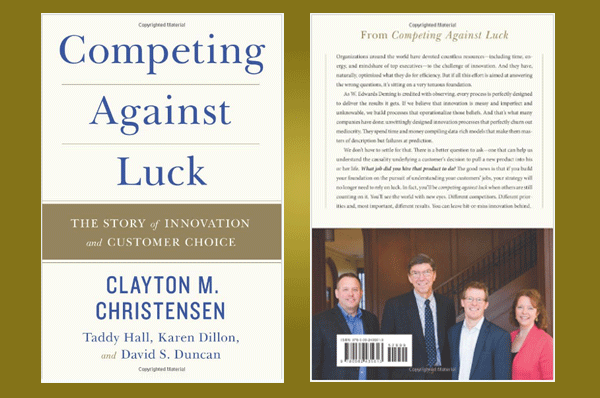A country with large publicly funded science and technology infrastructure and a considerable education base, India has not been able to comprehend its innovative potential due to a fragmented innovation ecosystem. Many initiatives have been taken by the government towards intensification of the innovation ecosystem, the most imperative ones are: i) the establishment of the National Innovation Council, whose mandate is to coordinate various innovation-related activities, and ii) the new Science, Technology and Innovation Policy 2013, which is intended to encourage entrepreneurship and science-led solutions for sustainable and comprehensive growth. Centering on the new policy initiative, this article describes the current innovation ecosystem and the challenges it faces, and it discusses the efforts made by the government towards the promotion of innovation for entrepreneurship development and sustainable growth. With the implementation of this new policy the early indications are that India is poised to take a big leap towards innovation-led growth.
The aim of the government has been to build employment opportunities for youth while edging on economic growth. Entrepreneurship development is one of the mechanisms adopted by the Government of India towards the creation of job opportunities. There have been notable efforts taken by the government by announcing conducive policies and also efforts by various government departments towards fulfilling the above vision. The government’s assumption is that support for innovation will augment entrepreneurship development, which will in turn accelerate economic growth.
This article provides the necessary background to place the current innovation ecosystem within the Indian context, highlights some of the related challenges facing India today, and describes efforts made by the government towards the promotion of innovation for entrepreneurship development.
The core of India’s current economic systems goes back to the time of colonial rule and its dictatorial and fragmented formation. The country was made to forcefully serve as a market to its colonial bosses and their industrial products. The foundations of the today’s legal, financial, educational, bureaucratic governance systems were inherited from the colonial period. However, one key area of change following independence involved the adoption of a closed economy that relied heavily on central planning, restricted imports, and nationalization of industries. The people of India, especially the young, crave employment. There is a constraint to employment opportunities offered by the various sectors of economy, but the government does provide employment guarantee programs. However, these programs are targeted at providing basic needs and tend to provide labour-intensive jobs that have no link with innovation. To sustain rapid growth and alleviate poverty, India needs to aggressively harness its innovative potential, relying on innovation-led, rapid, and inclusive growth to achieve economic and social transformation. The innovative potential of the young Indian population, if provided support through an effective innovation ecosystem, holds potential for developing entrepreneurship and providing the growth and job opportunities that India needs.
India’s national innovation system
National innovation system in India is a huge and multifaceted system comprised of knowledge producers such as science and technology institutions, academia, and innovating individuals and knowledge users (e.g., industry-production/services in the public and private sectors). There are financial institutions such as the Industrial Development Bank of India (IDBI) and the Small Industries Development Bank of India (SIDBI), which lend support for innovation and also for commercialization of innovative technologies besides entrepreneurship. Also, various fiscal incentives are offered by the Department of Scientific and Industrial Research towards the R&D activities performed by institutions, academia, and industry for supporting, nurturing and leading their innovations towards completion. Strong efforts have been made to harness the innovative capabilities of these structures by connecting them to one another and to industry and society, forming an innovation ecosystem.
India’s innovation ecosystem
Broadly speaking, an innovation ecosystem is a combination of two distinct but largely separated economies: i) the knowledge economy (comprised of knowledge producers), which is driven by fundamental research, and ii) the commercial economy (comprised of knowledge users), which is driven by the marketplace. In India, the innovation ecosystem includes the entire national innovation system described in the previous section, plus individual innovators and entrepreneurs; mentors; government policies; angel, venture capital, institutional, and industrial funding mechanisms, intellectual property rights mechanisms; technology transfer mechanisms; market inputs; and incentives, awards, and other innovation-recognition mechanisms, among others. Ideally, these various structures and mechanisms facilitate the smooth translation of innovations through the various segments of a complex innovation chain that takes ideas from “mind to market”.
Thus, the functional goal of the innovation ecosystem is to enable technology development and innovation. But, how well is India’s innovation ecosystem performing today? According to the Global Innovation Index (WIPO, 2014), India ranks 76th among the 143 countries surveyed, having fallen 10 positions since the last report and having fallen relative to other BRIC economies.
Key challenges faced by India’s innovation ecosystem and entrepreneurship in general are listed and described below are fragmented policy and policy implementation, Inadequate funding of R&D, Difficult and lengthy funding procedures, Constrained regulations for Angel, venture capital and private equity investors, Inadequate infrastructure facilities in villages
Conclusion
India has a large, demographically diverse population, with many young people seeking employment. The country is on a path to growth, but the rate of growth has been slow. The government has realized the roots of the basic problems and made appropriate reforms, mainly in the areas of administration, economy, and labour, as it tries to free itself from negative aspects of its colonial legacy. There has been a significant development in the area of science, technology, and innovation in past 20 years, and many initiatives have been undertaken in that direction. Realizing that the innovation-led entrepreneurship development holds promise for expansion, the government has taken key policy initiatives with a robust innovation agenda.
There are formidable challenges in realizing the goal, but as this article has shown, the Science, Technology and Innovation Policy 2013 is a big step in the right direction, because it addresses most of the key challenges in developing an effective innovation ecosystem. The main initiatives are provision of funds and removing the sluggishness in the ecosystem for innovations by improving linkages and making it vibrant in a comprehensive way. The policy is in place; now, its success depends on its implementation. Some time will needed before conclusions can be drawn about the policy’s ultimate effects on the growth path. However, the new direction reflects strong growth aspirations and resonates with the zeal and zest of the youth who wish to journey on the risky path of innovation-based entrepreneurship.
In a broader sense, innovation is important to the advancement of society around the world. New and innovative products can increase the standard of living and provide people with opportunities to improve their lives. Breakthroughs in medicine and technology have significantly improved living standards around the world. Innovation has also lead to significant improvements in the way businesses operate and has closed the gaps between different markets.

